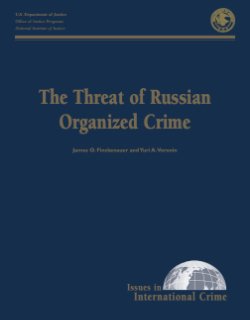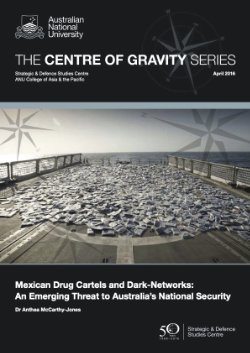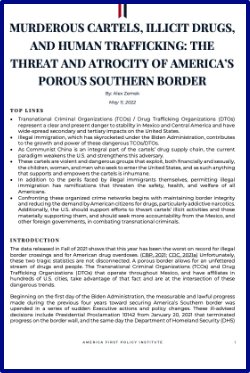Edited by Peter Reuter and Malay Majmundar
Tobacco use has declined because of measures such as high taxes on tobacco products and bans on advertising, but worldwide there are still more than one billion people who regularly use tobacco, including many who purchase products illicitly. By contrast to many other commodities, taxes comprise a substantial portion of the retail price of cigarettes in the United States and most other nations. Large tax differentials between jurisdictions increase incentives for participation in existing illicit tobacco markets. In the United States, the illicit tobacco market consists mostly of bootlegging from low-tax states to high-tax states and is less affected by large-scale smuggling or illegal production as in other countries. In the future, non-price regulation of cigarettes - such as product design, formulation, and packaging - could in principle, contribute to the development of new types of illicit tobacco markets.
Washington, DC: National Academies Press, 2015.





















